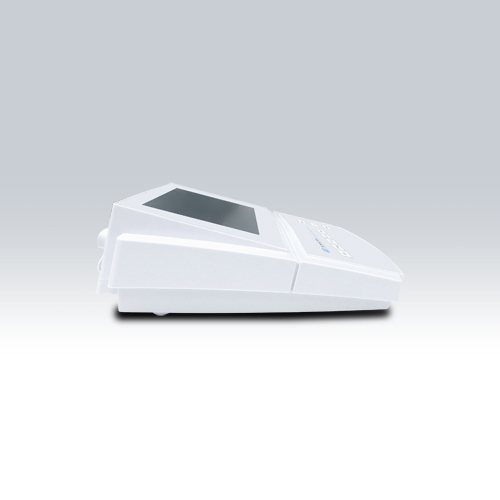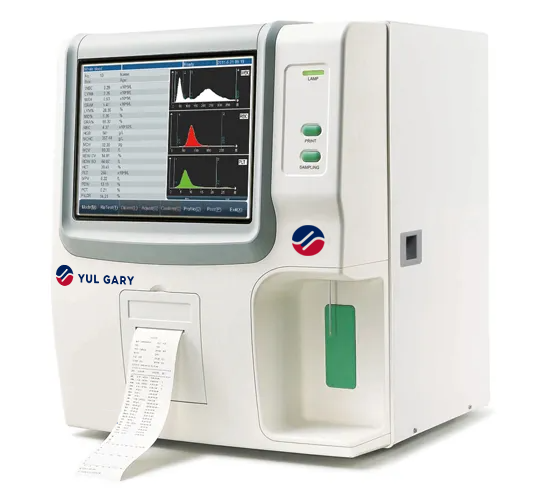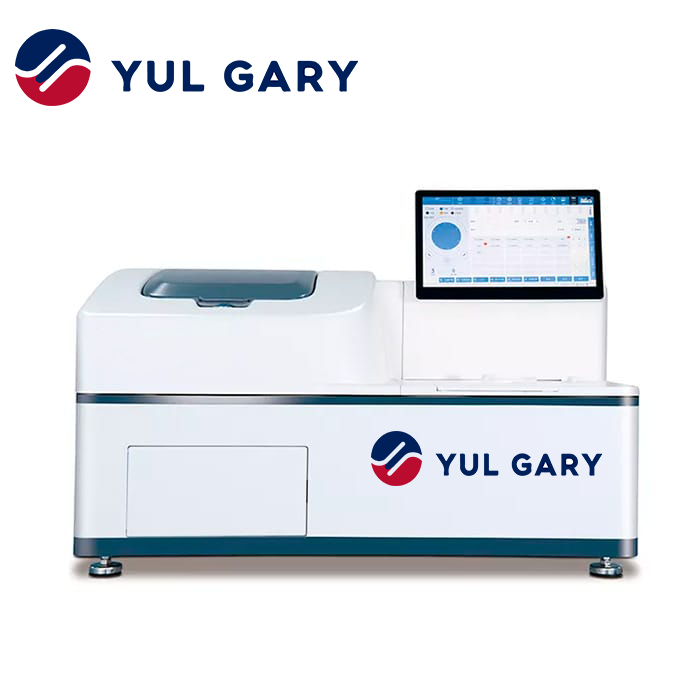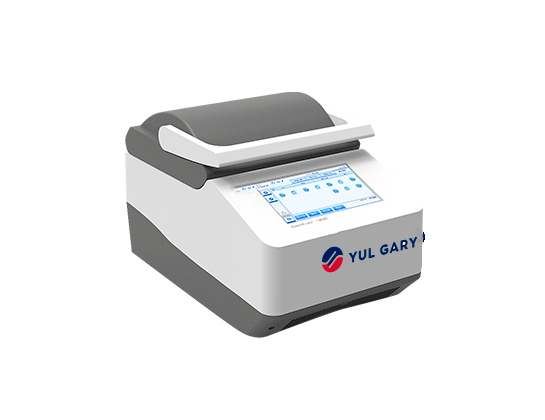Let’s talk about dissolved oxygen (DO); it is the amount of gaseous oxygen that is dissolved in water, all aquatic life depends on the oxygen dissolved in water, the greatest amount of oxygen is obtained from the atmosphere, there are a variety of factors that influence the concentration of dissolved oxygen in water are: the atmospheric pressure, the content of salts in water and the temperature of the water.
To know the concentration of dissolved oxygen in the water two methods are commonly used: iodometric method and the technique of membrane electrodes; a high content of dissolved oxygen in the water is favorable in a water supply, since this means that the water is better, the levels of DO can vary from 0 – 18 parts per million (ppm), however, when the temperature rises decreases the amount of dissolved oxygen in the water.
That dissolved oxygen is measured
Measurements are usually taken in water using an OD probe or meters; KALSTEIN offers you a line of dissolved oxygen meters, which have conditions and characteristics that allow you to accurately determine the OD in the water; in this way we know the quality of the water, the amount of dissolved oxygen allows us to know the presence of pollutants and bacteria present in the water.
In laboratories it is necessary to obtain a rapid value of the measurement of OD and for this purpose oxygen meters are used, they allow us to determine the degree of contamination of the water and the nature of the pollutants, for example, in wastewater control the OD where the low concentration of this parameter is a sign of contamination.
Types of KALSTEIN oxygen meters
- In-line dissolved oxygen controller: It is an economical equipment, has calibration of 1 or 2 points, outputs of 4 to 20 mA, and is suitable for monitoring dissolved oxygen and % saturation in water.
- Dissolved Oxygen Meter in Table: Professional desktop use, offers a 7 inch TFT screen, stores up to 1000 data set, setup menu contains 9 or 17 options, accuracy: 0.2 mg/l, calibration of 1 or 2 points.
How a dissolved oxygen meter works
These devices use waves that detect dissolved oxygen, the waves contain optical fluorescence sensors, galvanic sensors or polarographic sensors; each of them has certain conditions for quality control and process in its different applications, you can consult our wide range of OD meters in the following link HERE and we KALSTEIN can advise you on your choice depending on your preferences and needs.
However, depending on the probe that has the dissolved oxygen meter we can clarify how it works; see below:
- Optical fluorescence: it is coated with fluorescent properties, the light is exposed to this coating, producing a light and a subsequent fluorescence glow. The OD level of a sample is measured based on the duration of the glow.
- Galvanic sensor: These probes contain an anode and cathode in an electrolyte; it is capable of generating energy without external voltage; to obtain the amount of OD, oxygen enters the electrolyte through the membrane, which generates voltage between the anode and the cathode, this potential voltage difference is used to measure the amount of OD.
- Polarographic sensor: these sensors operate in a similar manner to galvanic sensors, with the difference that if they require an external source of energy; the difference in the potential voltage between the anode and cathode results in a measurement of OD.
For the acquisition of dissolved oxygen meters, you can do it through online shopping channels that are easy and viable, we invite you to visit our link, in the following link: HERE and enjoy the catalog of high quality products and the best price you will find in the market, in KALSTEIN we are manufacturers of laboratory equipment of high level, with great demand purchase-sale worldwide, we also offer you the best specialists to provide the necessary advice, we offer great advantages of warranty and commitment, ensuring a team with superior technology and high performance.





